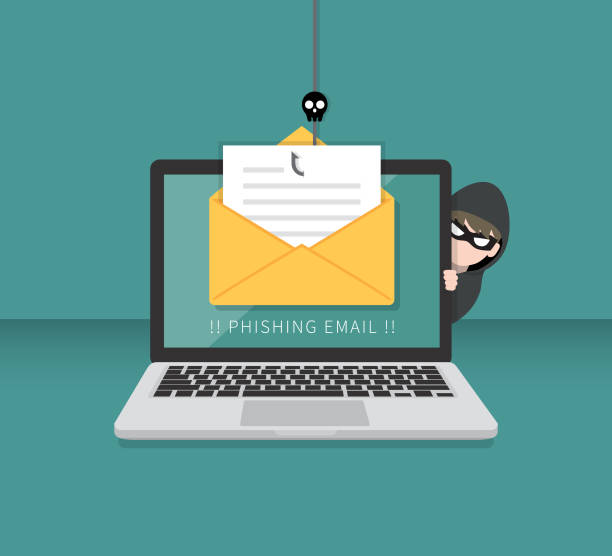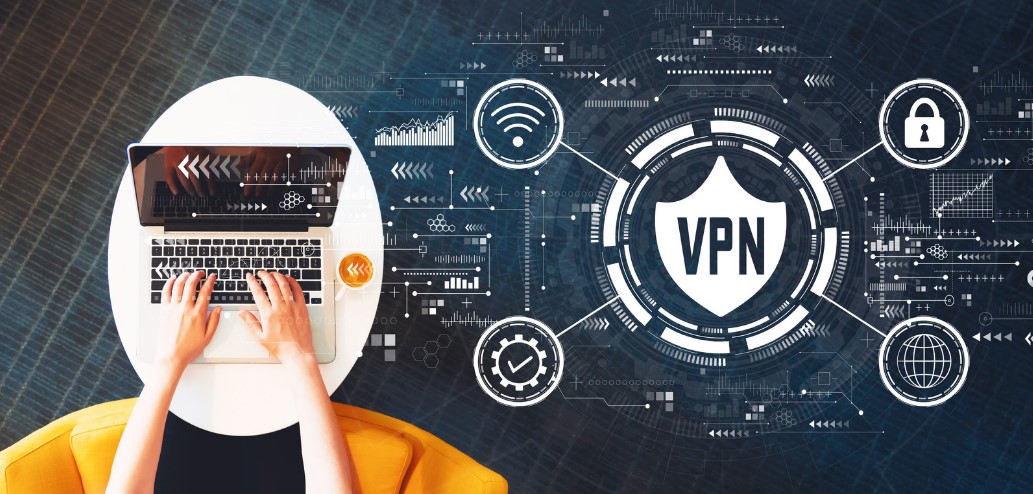
Surviving a day of computing is tougher than a chinchilla trying to live in Central Park. The bad guys sets traps at every crossing and your email and Internet are their favorite paths. Don’t for a minute, think you are safe without first taking a close look at what you click. Today more than ever before, you should be wary of everything you encounter. The figures vary depending on who you’re quoting but I’m comfortable with sayng that at this moment 50% of the computers in the US are infected with some form of malware.Save your skin. Look before you click.
1.)E Mail
Did you get an unusual e mail today from your Cable company or perhaps your utility company? The key here is unusual.  Thieves are especially adept at making their messages look just like the real ones. Official company logos are available everywhere and are ripe for the picking. Beware of anything that asks for personal information. If you aren’t expecting it, don’t open it. Never click an embedded link in an unsolicited email. If you do, you will surely become infected.
Thieves are especially adept at making their messages look just like the real ones. Official company logos are available everywhere and are ripe for the picking. Beware of anything that asks for personal information. If you aren’t expecting it, don’t open it. Never click an embedded link in an unsolicited email. If you do, you will surely become infected.
2.)Looking For Trouble
You’ve been searching the Internet for information on how to make your own Home Brew and finally find a video that looks promising.  You open the clip and instead of the video playing you are told that your media player can’t open the video. You will need to download the right codec and BINGO!! You’re trapped before you even know what a codec is.
You open the clip and instead of the video playing you are told that your media player can’t open the video. You will need to download the right codec and BINGO!! You’re trapped before you even know what a codec is.
Immediately the Trojans are installed and there’s no turning back. You’ll see a change in your home page, offers of a malware scanner to remove the threat, and don’t forget the pop ups. Anytime you get an error that the site won’t open without additional software or codecs, STOP, X OUT and don’t return. Most people don’t realize that they are the ones installing infections on their own computers. Web pages are not what they seem. Anytime you click OK you are giving permission for something to happen. Know what that something is.
There are plenty of sites harboring infections not the least of which are Blogs, computer sites, and porn sites. Searching for and playing adult videos is not the most dangerous activity you can engage in but it’s certainly in the Top 10. Worst of all, if you’re infected from a porn site your monitor will be displaying some very embarrassing pics for all the world to see. Don’t forget the very disturbing pop ups. Hopefully it won’t send them to your contacts list.
Scan your system with your most trusted antivirus and after you remove the malware you also need to remove the cached pics that are stored within the depths of your system. Run your antivirus while in SafeMode With Networking to be sure you get every trace.
3.)Traveling the Same Trail
Don’t Mix it up a little. It’s very easy to use the same password for everything. Makes life easier doesn’t it? It makes life easier for the trappers too. Vary the password used for every site. Why would you use the same password for FaceBook that you use for your Internet Banking? Also be sure to use different emails for different tasks. If I’m looking for new personal software I shouldn’t be using my company email. If I’m searching for used cars or sports bars why would I use the same email that I use for work or important correspondence? Why make my company information vulnerable during risky personal actions? I wouldn’t. Take a different path to avoid being caught by shrewd trappers. Use multiple email, multiple passwords, and vary your habits a little. Oh, and while you’re at it, please, please, please do not tell everyone on FaceBook or Twitter that you are away from home and where you’re staying. It’s like saying “Hey come steal my car this weekend”. “I’m going to be gone.” Mix it up and cover your tracks.
Why would you use the same password for FaceBook that you use for your Internet Banking? Also be sure to use different emails for different tasks. If I’m looking for new personal software I shouldn’t be using my company email. If I’m searching for used cars or sports bars why would I use the same email that I use for work or important correspondence? Why make my company information vulnerable during risky personal actions? I wouldn’t. Take a different path to avoid being caught by shrewd trappers. Use multiple email, multiple passwords, and vary your habits a little. Oh, and while you’re at it, please, please, please do not tell everyone on FaceBook or Twitter that you are away from home and where you’re staying. It’s like saying “Hey come steal my car this weekend”. “I’m going to be gone.” Mix it up and cover your tracks.
Let me know what you do and what programs you use to cover your tracks. It’s easy to loose your skin out there.





